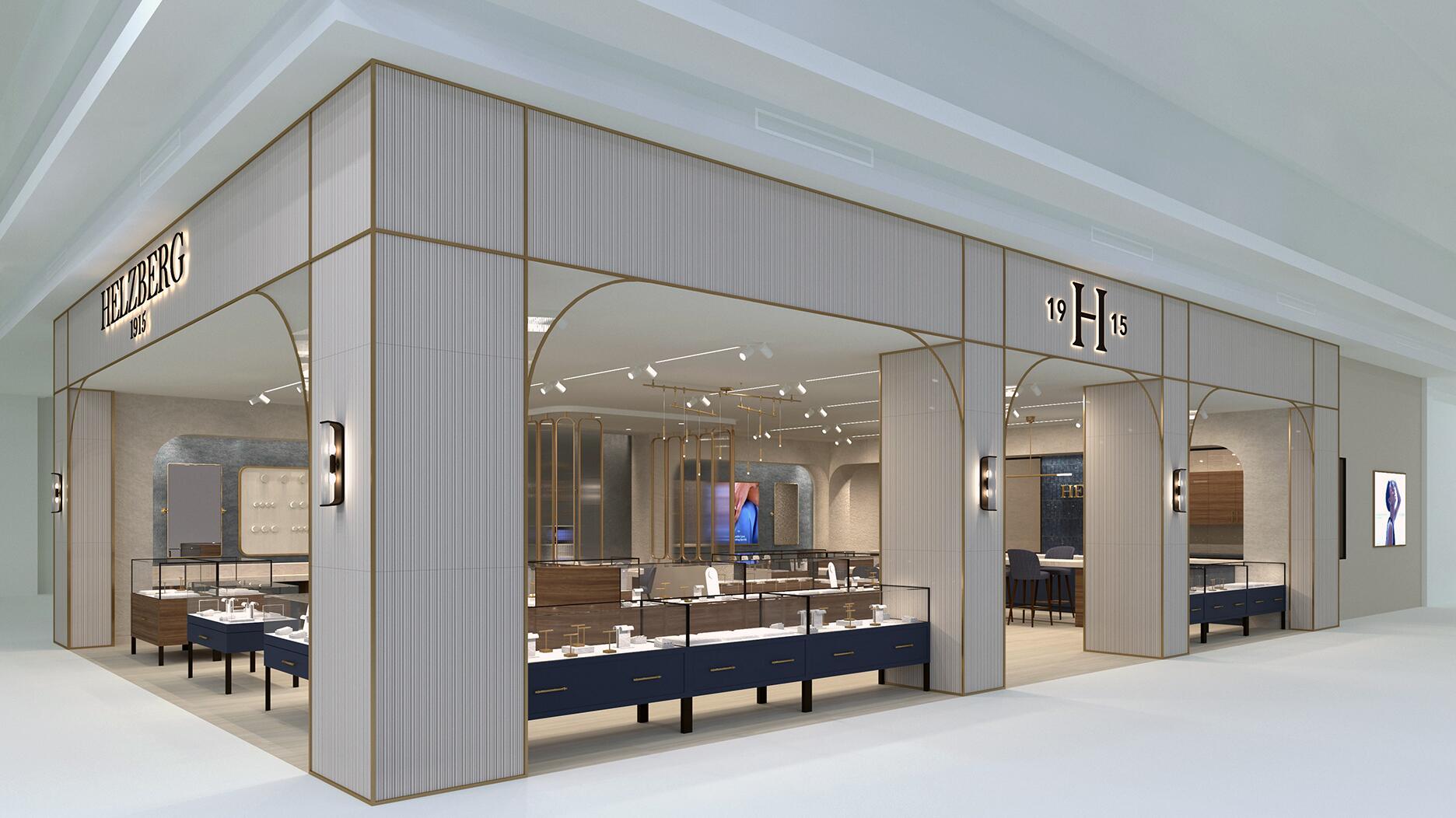From influential executives to innovative designers, we pay tribute to the people we said goodbye to this year.
In the First Half of 2018, Consumers Searched For …
Cushion-cut diamonds, for one, Editor-in-Chief Michelle Graff reports after digesting the latest data from GemFind.

In April, I relayed the results of GemFind’s first annual report aggregating data from the jewelers’ websites that the company manages; the report told us what diamonds consumers were clicking on the most—though not necessarily buying—when browsing jewelry online.
GemFind President and CEO Alex Fetanat told me at the time that his technology company, which he founded in 1999, wanted to make a habit out of publishing these reports, providing the industry with consumer data regularly.
A few weeks ago, he reached out to share results from the semi-annual report for 2018, detailing clicks for the first six months of the year (Jan. 1 through June 30).
Below, I share five of the most interesting points from the report; the entire analysis can be viewed on the GemFind website.
1. The overall profile of the diamond most searched for by consumers didn’t change from 2017, which is not surprising.
According to GemFind, consumers looked for a 1-carat, round, G color diamond with VS2 clarity and a Gemological Institute of America grading report, which is pretty much the same diamond most consumers were looking for last year.
New for the semi-annual report, however, was the inclusion of consumer preference for cut grade, with excellent coming in first (65 percent) of searches for diamonds bigger than 0.25 carats, followed by very good at 19 percent and good at 9 percent.
2. After G, the most searched for diamond color was …
H at 15 percent, followed closely by F (14 percent) and I (13 percent). All told, 59 percent of diamond searches were for stones between F and I in color.
The two highest diamond color grades, D and E, were clicked on by 8 and 11 percent of consumers, respectively.
Fetanat said he was surprised to see I-color diamonds finishing ahead of both D and E but noted that, “I is definitely not the greatest color, but it’s more affordable.”
3. After VS2, the most searched for diamond clarity was …
SI1 and VS1 were tied as the second most searched for clarities, garnering 18 percent of searches in the first six months of the year, followed by SI2 at 15 percent, VVS2 at 10 percent and VVS1 at 8 percent.
Very few consumers were looking for diamonds that were internally flawless—IF diamonds accounted for 4 percent of searches—or at the other end of the clarity spectrum. Only
What this data tells Fetanat: For the most part, consumers are looking for eye-clean diamonds, meaning they don’t want a stone with visible flaws, but they don’t feel the need to pay money for a flawless diamond either.
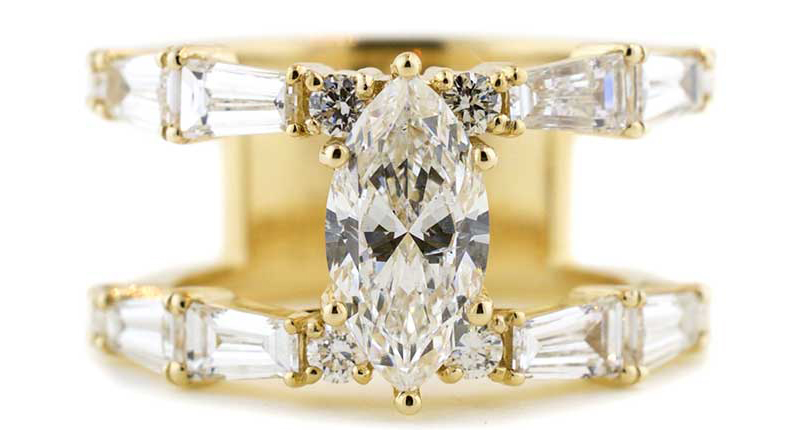
4. There was a bit of a shift in shape searches.
As noted above, the most searched for diamond shape was round, with the classic cut accounting for nearly 50 percent of searches in the first six months of 2018.
In second place, however, was not the princess cut or even the oval, which leapfrogged the princess to become the second most searched for cut shape of 2017.
It was the cushion, accounting for 11 percent of searches, followed closely by oval at 10 percent and the princess at 9 percent. Together with round diamonds, these three shapes accounted for more than three-quarters of all cut shape searches in the first six months of the year.
Other searched for shapes were: Asscher (7 percent), emerald (5 percent), radiant (4 percent), pear (3 percent) and marquise (2 percent).
5. There is solid interest in diamonds larger than 3 carats.
In the first six months of 2018, 46 percent of diamond searches were for 1-carat (25 percent), 3/4-carat (12 percent) and 1 1/2-carat diamonds (9 percent), none of which is surprising. Most consumers go for a diamond that is 1 carat exactly, or just under or above the 1-carat mark.
However, the third most searched for size (after 1 carat and 3/4 carat) was 3 carats and above, searched for by 11 percent of consumers.
Fetanat noted a couple of plausible reasons for the percentage of large diamond searches, including an improving economy and consumers searching not for engagement diamonds but for stones to mark milestone anniversaries, such as 10 or 20 years.
I also threw out a possibility with which Fetanat agreed—some consumers could be searching for larger diamonds simply out of curiosity. They want to see how much it would cost to buy a 4-carat diamond, or see what a 5-carat stone would look like on their finger, much in the same way one might look to see what $5,000 a month in rent will get you in Brooklyn (answer: not as much as you might think).
Jewelers, what do you think of the results of GemFind’s 2018 semi-annual survey? Do they match what you see consumers inquiring about and buying in your stores?
The Latest
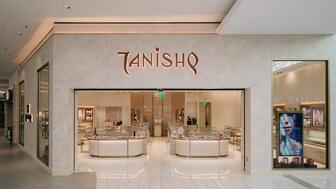
The retailer is expanding into areas with large Indian and South Asian populations.
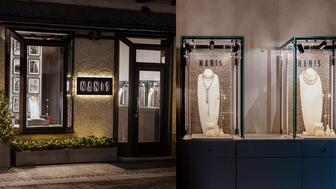
The Italian brand has opened its first flagship amid the peaks of the Dolomites in Madonna di Campiglio, Italy.

How Jewelers of America’s 20 Under 40 are leading to ensure a brighter future for the jewelry industry.
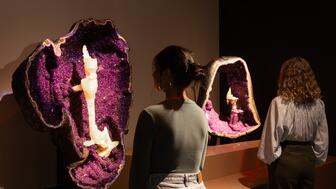
The new curation at the Natural History Museum of Los Angeles County showcases rare gem and mineral specimens in their uncut, natural state.


The couple pleaded guilty to concealing at least $127 million in cash transactions at its precious metals businesses.

Consumers shared concerns about prices, inflation, tariffs, trade, and politics in the survey’s write-in response section.

Roseco’s 704-page catalog showcases new lab-grown diamonds, findings, tools & more—available in print or interactive digital editions.

In February 2026, the auction house will move its headquarters to the former Steinway Hall, a neoclassical landmark on Billionaires’ Row.

The new show will take place Jan. 23-25, 2026.

The former BHP Billiton leader and Gemfields chairman is remembered for his influential leadership throughout his 50-year mining career.

The LVMH-owned brand has partnered with the costume design union to revamp its award for 2026.

The luxury titan inked a deal to acquire an initial minority stake in the jewelry manufacturer with a pathway to full ownership by 2032.

The company’s curation of unsigned vintage and estate jewelry debuted at the Bloomingdale’s in Costa Mesa, California.

In the recent multi-shipment seizure, CBP also found counterfeit Audemars Piguet, Moncler, and Chrome Hearts items.

Jewelers of America execs and National Jeweler editors discuss tariffs, the sky-high gold price, and the engagement that broke the internet.

The luxury goods company said founder Ippolita Rostagno will remain at the brand’s helm.

Laura Burdese, who joined the Italian luxury brand in 2022, will take on the role in July.

Need a gift for the cat lover who has everything? Look no further than our latest Piece of the Week.

It purchased the “Grosse Pièce,” an ultra-complicated Audemars Piguet pocket watch from the ‘20s, for a record-breaking price at Sotheby’s.

The lab-grown diamond grower now offers custom engagement and fashion jewelry through its Kira Custom Lab Jewelry service.

Chandler got his start at Michelson Jewelers and has served as DCA president and CEO since 2001. He will retire at the end of the month.

The boutique is slated to open this week inside Terminal 8, offering pre-owned Rolex watches and more to international travelers.

Sponsored by Digital Monitoring Products

The special-edition egg pendant ingested in a New Zealand jewelry store was recovered after a six-day wait.

Associate Editor Natalie Francisco plays favorites with Piece of the Week, selecting a standout piece of jewelry from each month of 2025.

The “Love and Desire” campaign is inspired by the magic that follows when one’s heart leads the way, said the brand.











